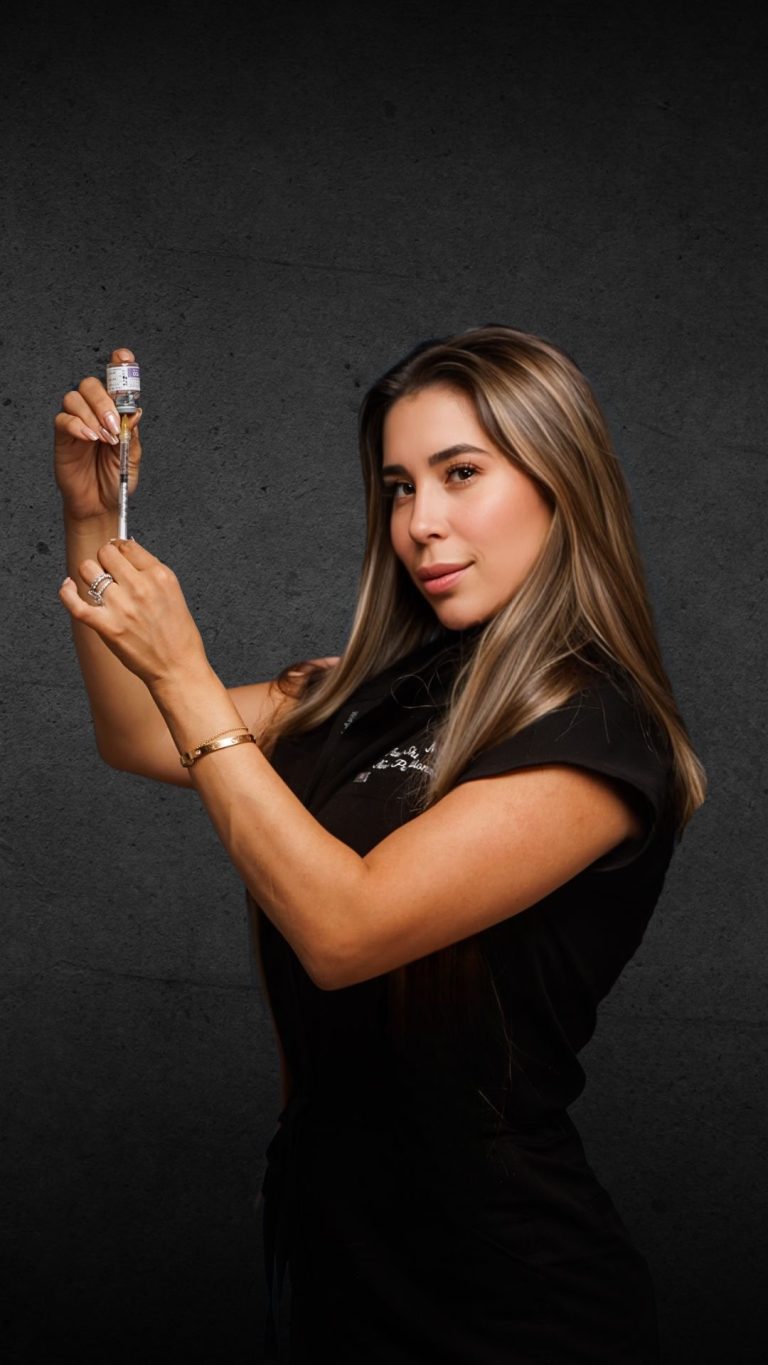
<a href="https://pixabay.com/users/ReadyElements/">ReadyElements</a> / Pixabay
Mobile phone owners know that there are times when a properly working cable is the most important tool in their work arsenal. It connects the phone to the charger plug which connects to a power source. And if one of these isn’t working, it means a drained battery and no phone.
Plugs are often substantial and stout and hard to damage, but cords are another story. Common brands can get kinked, chewed on by animals, caught in drawers, snapped, or frayed. The sensitive tips have to fit just right on both sides, one in the phone entrance and one at the plug entrance, and if something is bent or damaged, then no charge will be provided, and your device won’t be able to be powered, at least from that particular charge.
Just as some companies continue to work on a longer and more stable battery, others are working on strong cables that can withstand various stressors and conditions.
“Creating something like this can be incredibly tricky,” said a representative from AUKEY, which offers a variety of chargers, power banks, audio accessories, and more. “You need to have strong materials that are also flexible and always connect well.”
For instance, a cable made of metal would be strong but not bend well. A rubber or plastic cord will bend well but not necessarily be sturdy. You don’t want a cord that’s too heavy or too light either.
So durable cables need to be “just right” and maybe have all of these elements – lightweight metal, nylon, and rubber. Some use different forms of braided nylon, some use plastic elements, some use Kevlar which is fabric used in bulletproof material.
Durable cables should be designed to withstand pressure and kinking. They also should be different lengths – sometimes you need a short cord and sometimes longer for different situations and settings.
Durable also doesn’t just mean “difficult to damage,” but that it can be long-lasting. Imagine a cord that last through multiple generations of phones, provided it has the right connector or adapter.
People wouldn’t mind paying a little extra for something with this longevity in mind, as well as something rugged. It would be nice to have a cable you could throw around in your bag or backpack. Even if you take good care of your phone (or get a durable case), you don’t have to worry about the integrity of your cable.
Companies that make durable cables test them beforehand by them to bending, gripping, and swinging stressors. They may also attach weights to the cord to supply tension and confirm the cord doesn’t snap under immense pressure. It’s important to ensure they’re reliable even before they go on store shelves.
Other features of a more durable cable include a harder sheath and a cover for the connector. This makes it harder to break the internal wires, which could happen in cases where it appears that the cable looks fine, but an inside wire or wires are severed. Durable cords also may have more lining and thicker coats of shields.
Some companies are of the mind that there will always be a tradeoff between good protection and quality performance, but continued research suggests it’s possible to achieve both in a more durable cable. The trifecta for quality cord includes protection, performance, and quick connection.
The better durable cable manufacturers often make it a point to stand by their product and make sure to always offer good warranties. If there is an unexpected breakage, it’s usually pretty easy to get a replacement. This can help build your loyalty to a certain brand and always provide some reassurance that there are options if it does end up breaking under extreme stress. Understanding what creates a durable cable allows the consumer to make informed choices for their needs based on price point, performance, and durability.





